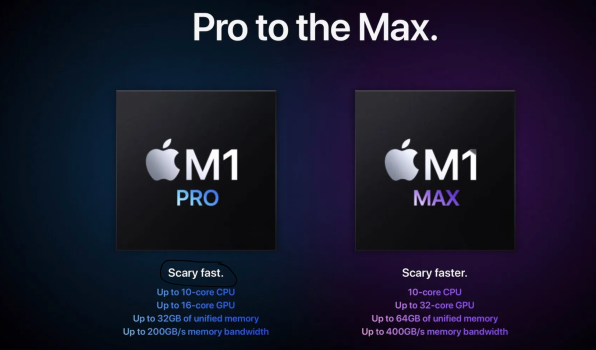Now I’m curious about h.266. Is it really around the corner? From what I see, most people keep using h.264 and the tests I’ve done with h.265 doesn’t provide a big improvement. I find it a bit disappointing, that’s why all my hopes were in a standard just like the AV1.
h.265 is generally considered to take about 40..45% less data at the same quality level. OF COURSE whether you will see this or not depends on many things, like quality of the encoder and what you define as "same quality level".
h.266 is generally considered to take about 30% less data than h.265
h.265 is widely (for some definition of widely...) used in broadcast, in the US as part of ATSC3 (ie 4K broadcast TV). The quality improvement, relative to ATSC (ATSC2 never launched), is obvious, but doesn't really answer the question since ATSC is based on MPEG2, so really behind the game.
h.266 is not widely used for anything. It was only finalized in 2020.
There are plenty of reasons to believe it's superior to AV1, and no reason not to believe this.
Unfortunately there are also plenty of reasons to believe that adopting it will result in (at some point) some sort of messy legal fight. The current situation seems to be that
- two patent pools exist (always a promising sign, compared to just one patent pool...)
- everybody involved in the Access Advance patent pool seems to be living in an alternate reality where Cable TV actually matters, and defining a standard for Cable TV is the path to riches and dominating the tech industry. They seem to be unaware that what actually matters is internet streaming, phones, and the costs/terms of licensing to the tech industry.
My guess is this will play out pretty much the same as h.265, with one difference.
Same as h.265 in that Apple will pay for licenses and given the Apple ecosystem an easy-to-use high quality coded. Everyone else will refuse to pay.
Difference is that this time round, AV1 is available as a DECODE codec (AV1 sucks even more than the alternatives as an encode codec for recording your home video...) AV1 is good enough for the purposes of watching Netflix, which is why Apple supports it, and where, I suspect, Apple expects it to be used.
In the past, as the sheer incompetence behind h.265 licensing became apparent, eventually (after too many wasted years) things cleared up and it became viable for everyone who isn't Apple. You'd like to think this would happen faster with h.266, especially given AV1. But since these people all seem to think cable TV is where it's at, their connection to reality appears tenuous at best.
Honestly when I read the legal wranglings around creating these patent pools, they read to me like lawyer authors rolling their eyes and thinking "OMFG, I cannot believe these morons have STILL learned nothing from their successive disasters with every previous licensing regime" even as they very politely write things like "the licensing environment remains challenging, and license administrators continue to consider new models".
My PERSONAL beliefs are
- h.266 already exists on Apple chips, certainly as decode for two or three generations, probably as encode from at least A16 onward
- it will be announced (and visible ecosystem wide, like h.265) when two conditions are met
+ there has to be a large enough fraction of ecosystem support. This MAY be a problem with Intel macs, but I suspect overall we're at that point already
+ the licenses have to be settled; and my guess is this is still, ridiculously, being negotiated.
- right now I suspect AV1 decode support, as I said, exists only so that iPhones and MBA's can play Netflix at low power. BUT if the licensees of h.266 really cannot get their act together, I could see Apple also providing AV1 encode (a less desirable option because it's just not as good a codec – but not being allowed to use it is the single worst feature in any codec...)








